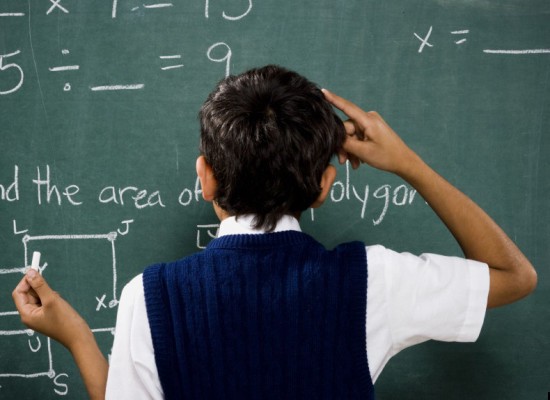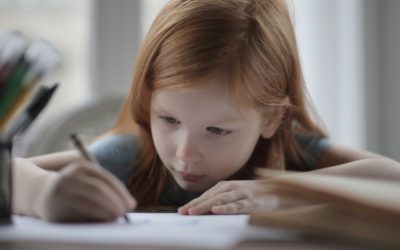Anxiety has been described in many ways. Some have said it is like trying to memorize all the conversations in a crowded restaurant. All agree that it is a sense of panic that sets in that you cannot control. Unfortunately in the typical american classroom, 20% of the students (at all grade levels) have a diagnosed anxiety disorder. Imagine those that haven’t been formally diagnosed yet.
So when one of my students might retreat under a table because the current environment is too overwhelming, I try to reflect back on what they might be feeling.

My most vivid memory of fear was when I was five years old. My parents were walking me down Main Street in Disneyland. You know, that “wonderful magical, kid friendly place”- Disneyland. I just needed to walk down crowded Main Street to get to the good stuff. I could see the Magic Castle just up the road. I was very excited about the entire day ahead. But as I was going through the busy street I looked up only to see the face of not Mickey, not Donald, not even Snow White, wait for it…. Frankenstein!!!! Immediately, I had absolutely no control over my emotions. I started screaming, and running for the exit of the park as fast as I could. Fortunately my dad caught up with me, calmed me down after several minutes. I finally made it back down Main street, on the other side of that magic shop that sold scary masks. By the next year I noticed they were no longer selling scary masks. I guess they scared enough youngsters away.
The prospect of all the fun beyond Main Street is what got me through that experience. So as I was helping that student from under the table in the classroom, I was remembering how it felt to see that mask and lose all sense of control. The feelings are very real.

I have had the gift to “teach” students with autism over the last several years. I realized very early on that they were teaching me more about myself and the world than I was teaching them. These students really are the teachers! The strength, curiosity, and persistence they bring each day to their environment benefits everyone.
About 70% of people with autism also have an anxiety disorder. So many of the so called behaviors that can easily be labeled as non-compliant really have a source within anxiety. Stress, apprehension, and fear manifests itself in many different ways. Unfortunately many times within the school system, this behavior can easily be labeled as bad behavior and the student takes on the identity of the bad kid. Those identities can shape their futures if unattended.

Our planet is “fragile” and like our kids if left unattended it might just turn into the “bad kid”. We need everyone working together to create the world we want for future generations.
Over the years of working with kids, we know it is very real and possible to create environments where everyone can grow and learn together. Quoting my friend Lynn, ”there is room for everyone at the table”. The benefits far outweigh the consequences of not doing so. In short, kids become the best teachers for each other. My better half — Elsie is already in the process of publishing a book on how to do this.
Our hope as we roll out our thoughts in a series of small articles is that it might help to inspire and at the very least generate some thought and discussion.
Thank you for taking the time to read this. All your comments and input are greatly appreciated.
Ken
Find us at achievefitkids.org and davincilearninginstitute.com


